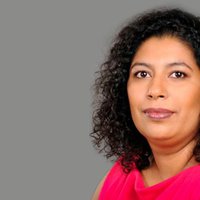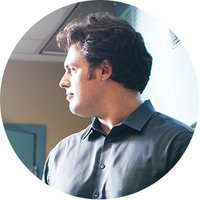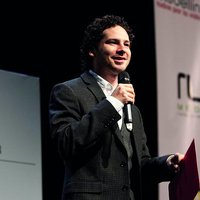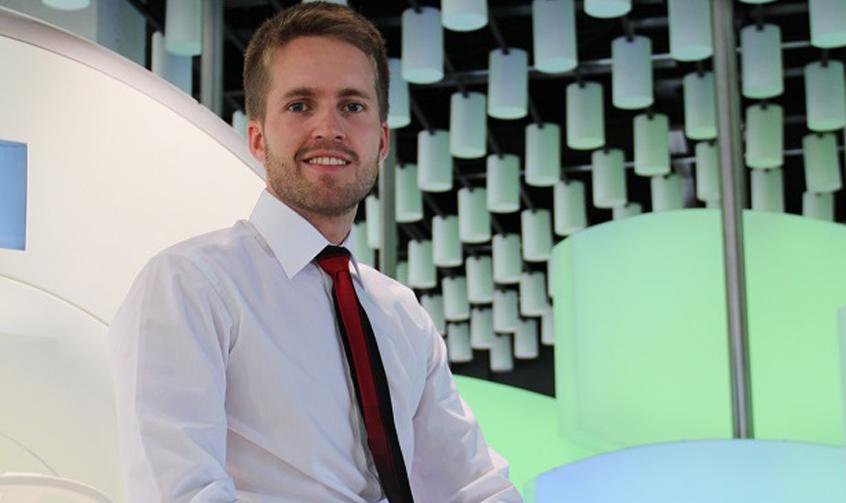"Sitting on a doctor's table to be examined is certainly not the most comfortable of experiences. However, when it comes to patients, which need to receive radiotherapy to treat tumors during multiple sessions, comfort must go hand-in-hand with keeping the same body position at each time. The invention made by Isaac Castro Garcia, a telecommunications engineer with a Master in Health technology and management who defines himself “a passionate innovator in the health-tech industry”, aims to help radiologists and patients alike. As he explains, for a radio treatment to be effective X-rays must be directed only and precisely towards the cancer cells to be eliminated, while leaving healthy cells untouched. Once the ideal position is meticulously found, it needs to be applied again in each of the subsequent radio sessions – and there may be as many as 30 of them. How to ensure this is done precisely and effectively? So far, the only solution was for the radiologist to “build” a number of supports, such as wedges, foam shapes, and vacuum mattresses. But quite clearly, all this material must be built for each patient, and stored somewhere until the next visit. In other words, they are not very practical, and “it is practically impossible to have a perfect adaptation to the patient's body.” This is further complicated by possible changes throughout the treatment, for example the loss of weight.
Castro, who was one of the 10 finalists in Siemens's Innovation Think Tank, thought that an adaptable examination table that “remembers” the bodies it has already hosted might be a much more effective solution. His table, called Adaptable, does precisely that: it consists in a matrix of moving bars, which “adjust” to the patient's body in the same way as the famous Pin Art game, made of pins, used to adapt to a hand or nose and reproduce a 3D model. Shape, height, individual features, the patient only needs to sit on Castro's table for the radiologist to determine his profile. Certain positions may also be “forced” to make sure that the patient is comfortable and will not move during the administration of X-rays. Connected to a software that controls the bars, the table can therefore store and remember the information about each patient. At the next session, the radiologist only needs to load again the profile and bar positions which were optimised for him, and the table will turn once again into the most comfortable and effective support for the patient.
If Indian yogis (yoga practitioners) and the ancient Chinese would use a bed of nails to heal the body and attain the perfection of body and mind, Castro's adaptable examination table may prove just as efficient to repair the damages of cancer."




